Many people think that lower back pain is caused by overwork and that rest will relieve it. However, in many cases, the pain persists and affects daily life.
Lower back pain is related to pain caused by damage to the tendons, ligaments, vertebrae, discs or nerves. Depending on the severity of the disease, the characteristics and frequency of pain will also be different. If not detected and treated promptly, this condition can seriously affect the patient's daily life.
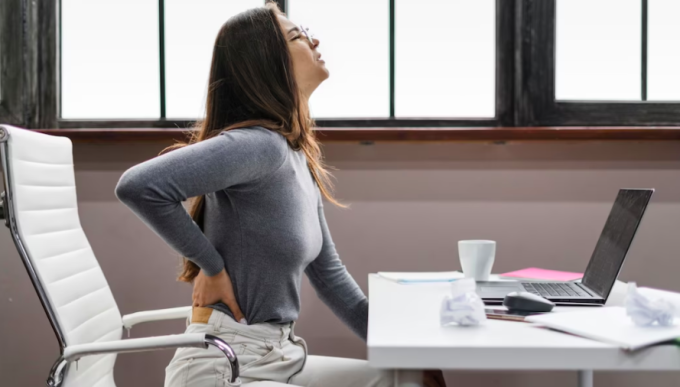
Lower back pain is a common condition, caused by many reasons. Photo: Freepik
MSc. Dr. Ngo Tuan Anh, Orthopedic Trauma Center, Tam Anh General Hospital System, said that lower back pain is a very common disease, which can occur due to many causes as below.
Lumbar spine degeneration
This is a degenerative condition of the discs and vertebrae, often occurring in the weight-bearing vertebrae such as the cervical spine and lumbar spine. Degenerative lumbar spine causes dull pain in the lower back, the pain level increases when moving and performing movements such as bending, lifting heavy objects, standing or sitting for a long time. When the disease progresses, it will cause degenerative facet joints, causing lower back pain near the buttocks, thighs, calves, even spreading down to the feet, with a feeling of numbness and tingling.
Lumbar disc herniation
The signs of lumbar disc herniation are similar to lumbar disc degeneration. In addition, the disease is also accompanied by symptoms of nerve root compression, including pain radiating to the buttocks, thighs, calves, and even to the feet, accompanied by numbness and tingling. Severe disc herniation can cause spinal cord compression, causing dangerous symptoms that require emergency surgery such as weakness or loss of sensation in both legs, and urinary disorders.
This is the leading cause of sciatica. At this time, the patient will feel pain along the sciatic nerve, from the lumbar region through the pelvis, to the buttocks and down the leg.
Spinal stenosis
Spinal stenosis is a condition in which the spinal canal is narrowed, compressing the spinal cord and nerve roots. Patients often have symptoms of lower back pain, which increases with movement, when walking for a long time, and when performing movements such as bending over, lifting heavy objects. In addition to pain, patients may also feel numbness, burning in the buttocks, thighs and legs, and weakness in the legs.
Nonspecific low back pain
The lower back is made up not only of discs and vertebrae but also of a system of tendons and ligaments. Nonspecific low back pain often occurs due to tension in the paravertebral muscles without any other accompanying pathology.
The patient experiences dull pain when the lower back is slightly injured or when a repetitive movement affects this area. The pain tends to increase with movement and decrease with rest.
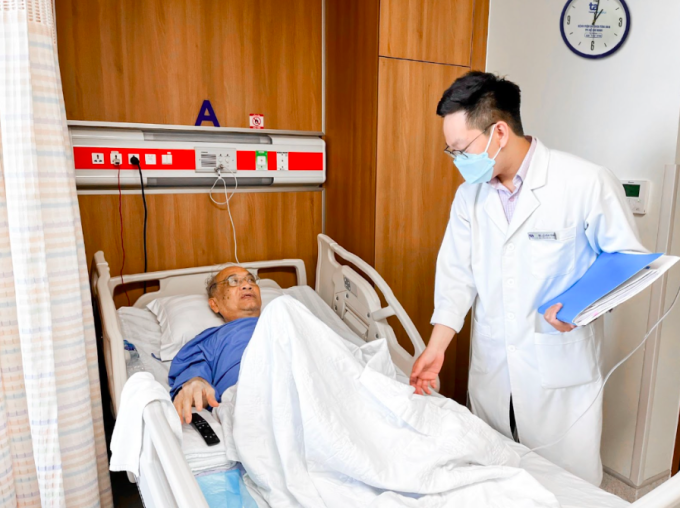
Doctor Tuan Anh checks the patient's condition after surgery. Photo: Tam Anh General Hospital
Ankylosing spondylitis
This is an autoimmune disease that causes chronic inflammation. The disease is characterized by pain in the lumbar spine, sacroiliac joints and peripheral joints. In addition, patients often have symptoms of prolonged pain in the buttocks and lower back, pain that increases at night and near dawn, pain that increases when resting and decreases when moving, back stiffness in the morning... As the disease progresses, it causes adhesion of the spine and sacroiliac joints, limiting the patient's bending, leaning, tilting and turning movements...
Lumbar disc herniation
This is a condition in which bacteria invade the vertebrae or discs of the lumbar spine, causing inflammation and infection. At this time, the patient will have severe pain in the lower back at night, when resting, high fever, chills, fatigue...
Doctor Tuan Anh said that in addition to causes in the musculoskeletal system, lower back pain can also occur due to cancer, kidney abnormalities, appendicitis, pancreatitis, gynecological diseases...
If not diagnosed and treated properly, many cases of lower back pain can cause dangerous complications such as weakness in the limbs, incontinence, and even disability. Therefore, when lower back pain occurs with the above symptoms, patients should see a doctor for timely treatment to reduce the risk of complications.
Phi Hong
Source link








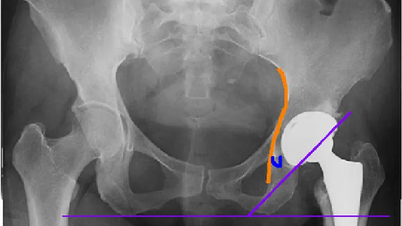

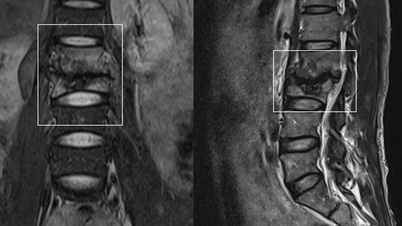



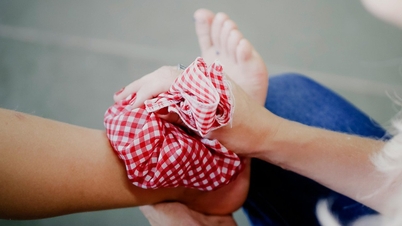






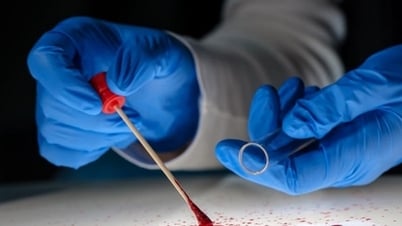

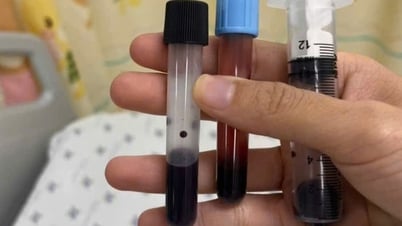
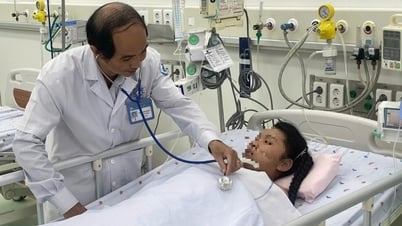

































































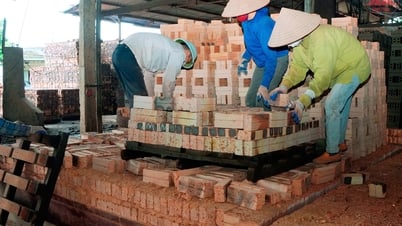















Comment (0)